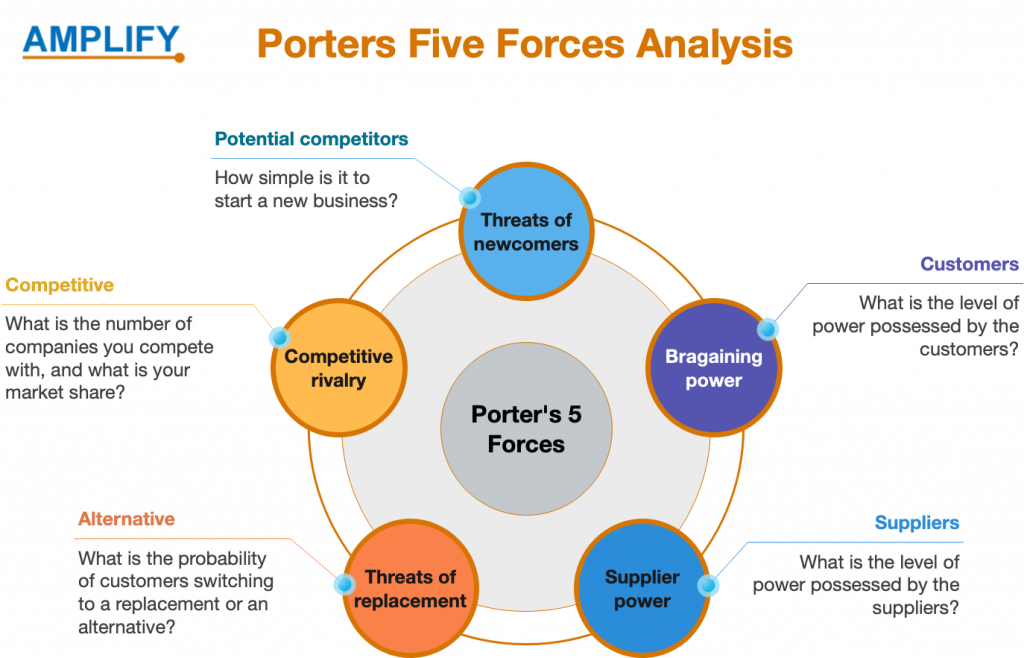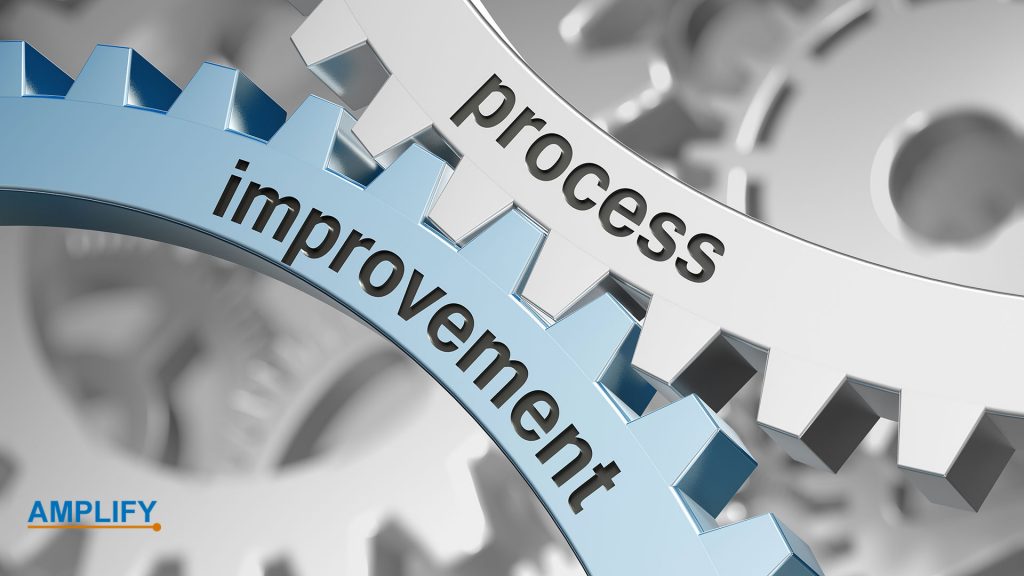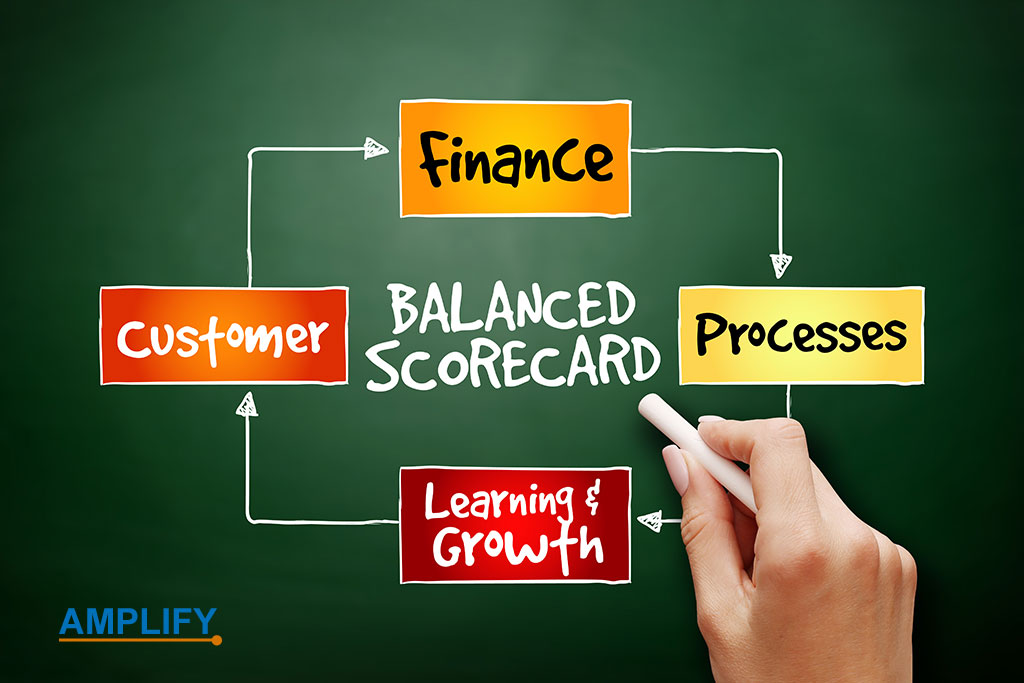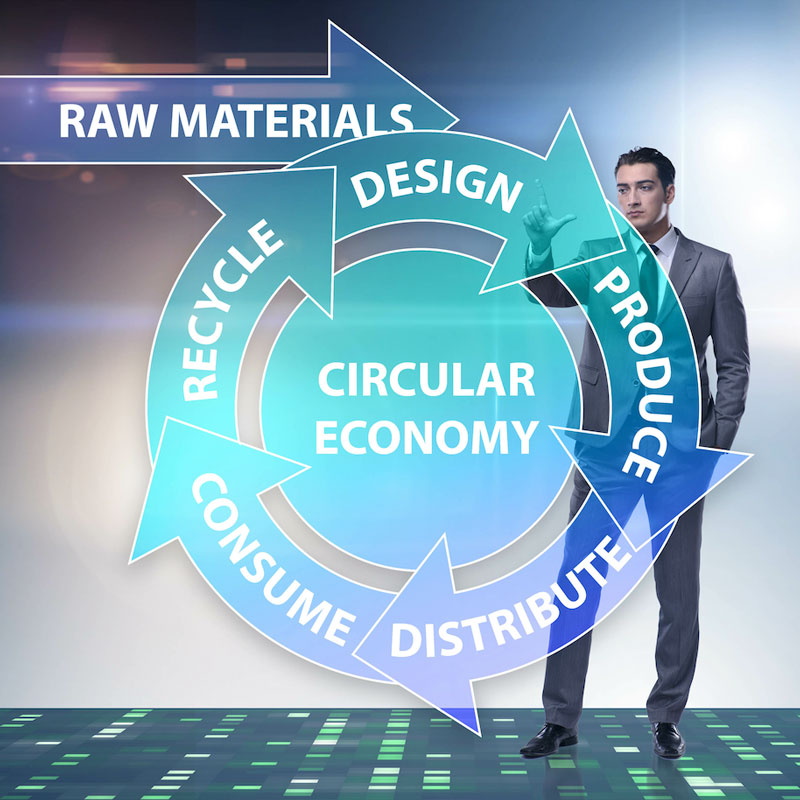Attrition and client churn can be detrimental, resulting in a loss of revenue, brand image, and consumer relationships. This article provides guidelines and strategies for preventing or mitigating their adverse effects. Learn how to identify warning signs, prevent customer churn and attrition, and nurture customer satisfaction and loyalty as you continue reading.
About churn and attrition
Churn and attrition refer to the loss of customers over time. Churn is the percentage of customers who stop using a product or service in a given period, while attrition is the gradual reduction of customers due to natural causes. To calculate churn, divide the number of customers who left by the total at the beginning of the period. Attrition can be measured by the number of customers left over a period divided by the initial sum. Data analysis tools such as surveys, feedback, sales and revenue reports, and usage metrics can be used to identify patterns and prevent customer loss by tracking their behavior and engagement.
What causes client turnover and attrition?
Understanding the reasons for customer churn and attrition is crucial. This could be due to various factors such as poor quality product/service, bad customer service, loss of trust, change in needs, competition, or economic conditions. Additionally, customers may attrite due to natural causes. By recognizing these factors, businesses can take preventive measures to minimize churn and attrition. These include enhancing product/service quality, offering great customer service, building trust, adapting to changing needs, standing out from competitors, and keeping up with economic trends.
What are the methods for measuring churn and attrition?
To calculate churn and attrition, divide the number of former customers by the total number of customers at the start of a period. However, this method overlooks customer lifetime value and acquisition cost. Sophisticated metrics such as customer lifetime value, customer acquisition cost, customer retention cost, and net promoter score can evaluate churn and attrition’s impact on business performance and profitability. Customer lifetime value is the revenue or profit a customer generates over their relationship with you, acquisition cost is the cost of acquiring a new customer, and retention cost is the cost of retaining an existing customer. The Net Promoter Score is the percentage of customers who would recommend your product or service versus those who wouldn’t.
What strategies can be employed to prevent churn and attrition?
Segment your customers based on their needs to prevent churn and attrition and tailor your offerings accordingly. Provide exceptional customer service, promptly resolve issues or complaints, and create a strong brand identity. Solicit regular feedback to improve your product or service, anticipate changes in customer needs, and distinguish yourself from your competitors. Provide incentives or rewards, educational content, and special treatment for your most valuable clients. These methods can help you retain customers and decrease churn and attrition in business development.
How can you win back customers who have churned or attrited?
To recover from customer churn or attrition, follow up with lost customers to determine why they left and what they want, apologize for errors, and offer compensation, discounts, or free trials. Show enhancements or new features that address their needs, re-engage with timely, personalized, and relevant content, and remind them of the benefits of doing business with you. Request referrals or testimonials from satisfied customers to influence lost customers. These strategies can help increase customer retention rates.


















